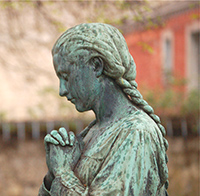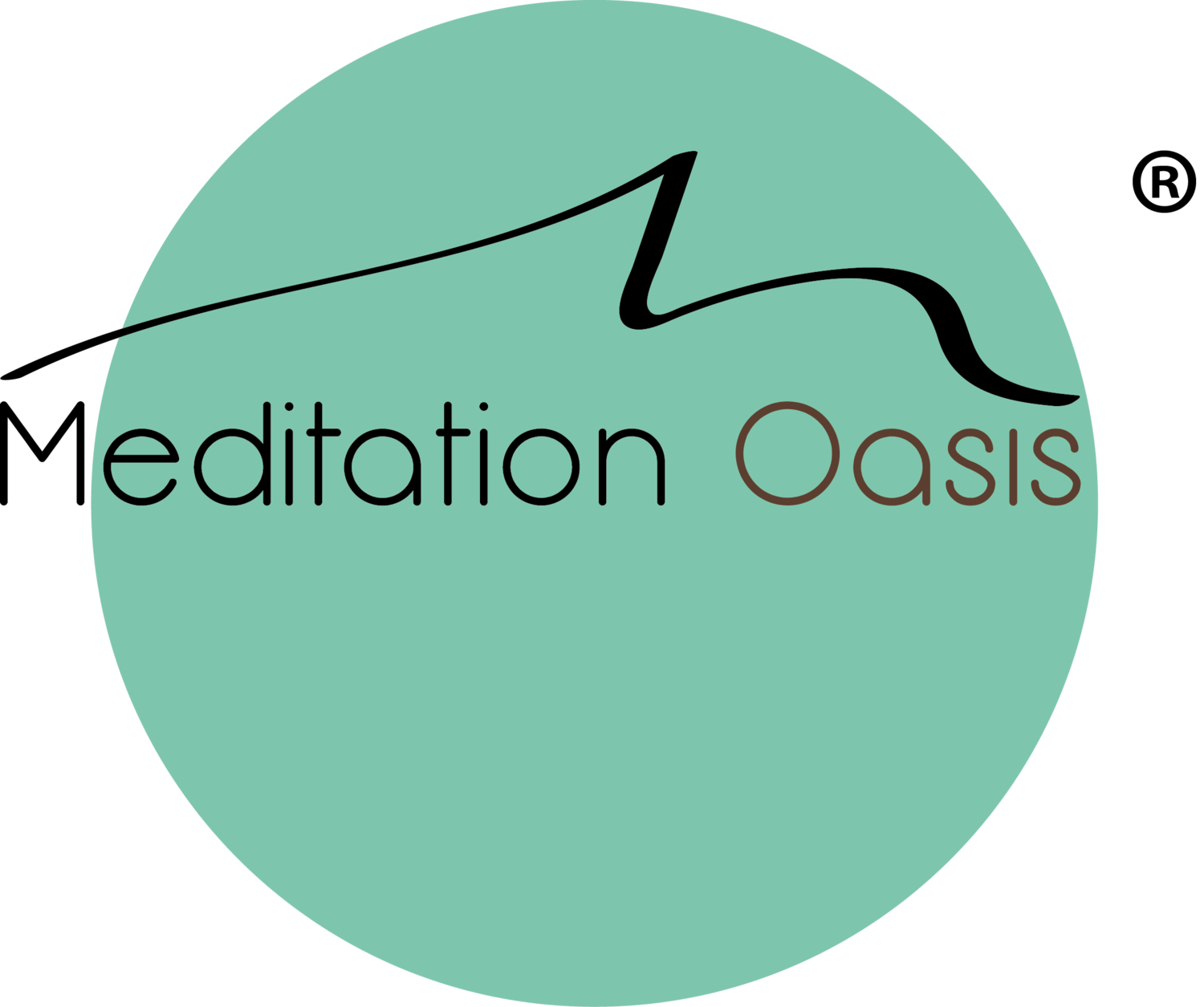 It's so easy to enter a meditative state while knitting. Something about the rhythmic movement back and forth between the right and left hands, something about the soothing repetition of movements. Something about it...
I am not the first, nor will I be the last, to write about knitting as a meditative art. People have tried to understand it in right brain/left brain terms. It has been compared to EMDR with its right and left eye movements. There have been lots of attempts to explain why it works, as if people need to prove its therapeutic benefits. I don't really care why it works, it's enough for me that it does.
It's so easy to enter a meditative state while knitting. Something about the rhythmic movement back and forth between the right and left hands, something about the soothing repetition of movements. Something about it...
I am not the first, nor will I be the last, to write about knitting as a meditative art. People have tried to understand it in right brain/left brain terms. It has been compared to EMDR with its right and left eye movements. There have been lots of attempts to explain why it works, as if people need to prove its therapeutic benefits. I don't really care why it works, it's enough for me that it does.
I picked up knitting at a particularly stressful time in my life, not realizing that it had become a craze. Having learned it when I was young, my mind-body must have remembered the feeling of it and signaled my intuition that it was time to start knitting again. I find knitting to be so comforting and relaxing. I've known that it produces a meditative state, but it was just a couple days ago that I fully appreciated its power. When I was thinking about the similarity between meditation and knitting, I realized that you can't worry and knit at the same time!
When you worry, the mind gets involved in a train of thought -- a story about what might happen, what could happen, what might have happened and so on. Worrying engages the emotions in a way that creates anxiety. The use of your hands and the sight of the stitches being formed breaks that pattern. I challenge you to see if you can worry while you knit! To test this out, I knit a few rows actually trying to worry. I couldn't do it. I could come up with worry thoughts like "what if that pain is a horrible disease" and "what if I can't pay the bills next month", but no matter what thought I conjured up, there was no emotional juice that came with it.
So many of the phrases I use while leading guided meditations aim to do this same thing -- to disentangle the thoughts from the emotions, to allow the mind to break free of its usual patterns so that one enjoys a simple, open state of awareness. When I say things like "not minding the stories of the mind" or "let thoughts be a meaningless activity in the mind", I am encouraging the mind to do what it does while we knit -- disengage.
If you decide to knit to meditate, I think you'll find the effect is the most powerful when you do a simple knit stitch over and over. In knitting, it's called "garter stitch". You just knit and knit and knit and don't try to follow a complex pattern. It's easy to learn, and you may find you also love handling beautifully colored yarns with various yummy textures. You might even end up with some great scarves in the process!
OK, so you're behind the curve on the knitting craze. For all I know it's over. Who cares? Knitting makes a great meditation. And, if you are hesitant because you are of the male gender, please know that, to borrow a book title, "real men knit". Russell Crowe does it. Brad Pitt does it. The big, talk Ghi McBride character on Pushing Daisies does it. Just do it!
 I just read a beautiful and thought-provoking quote from Ramesh Balsekar's Net of Jewels.
I just read a beautiful and thought-provoking quote from Ramesh Balsekar's Net of Jewels.




